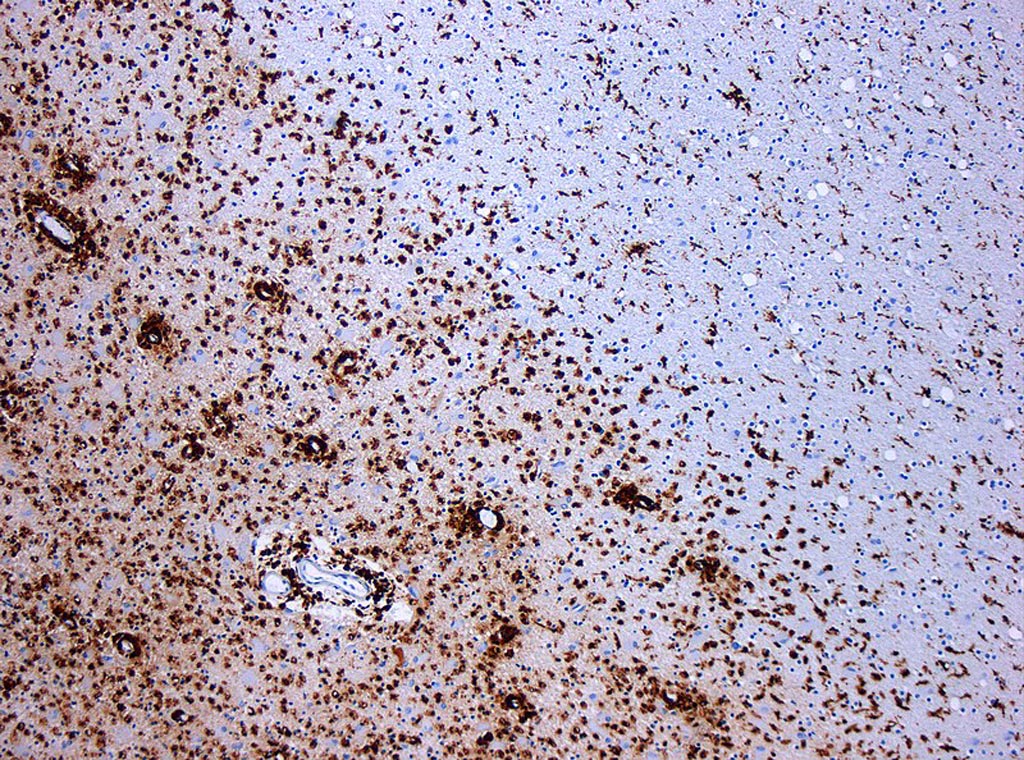Analysis of MS Astrocytes Reveals Decreased Cholesterol Synthesis Genes
By LabMedica International staff writers
Posted on 11 Jan 2018
By using a cell-specific and region-specific gene expression approach, neurodegenerative disease researchers discovered that a decrease in cholesterol synthesis gene expression in astrocytes was linked to impaired walking ability that characterizes multiple sclerosis (MS).Posted on 11 Jan 2018
Multiple sclerosis (MS) is a demyelinating disease in which the insulating covers of nerve cells in the brain and spinal cord are damaged. This damage disrupts the ability of parts of the nervous system to communicate, resulting in a range of signs and symptoms, including physical, mental, and sometimes psychiatric problems. Specific symptoms can include double vision, blindness in one eye, muscle weakness, trouble with sensation, or trouble with coordination. MS takes several forms, with new symptoms either occurring in isolated attacks (relapsing forms) or building up over time (progressive forms). Between attacks, symptoms may disappear completely; however, permanent neurological problems often remain, especially as the disease advances.

Image: A photomicrograph (magnification 10x) of a demyelinating MS-lesion (Photo courtesy of Wikimedia Commons).
Investigators at the University of California, Los Angeles (USA) suggested that neuroprotective treatments tailored for each disability may be more effective than nonspecific treatments aiming to reduce a composite of disabilities in clinical trials. Therefore, they used the MS model to apply a cell-specific and region-specific gene expression approach to discover targets in distinct neuroanatomic regions. In particular, this cell-specific and region-specific transcriptomics approach was used to determine gene expression changes in astrocytes in the most widely used MS model, experimental autoimmune encephalomyelitis (EAE).
Astrocyte-specific RNAs from various neuroanatomic regions were obtained using RiboTag technology. The RiboTag procedure allows simple and efficient isolation of ribosome-associated mRNAs from specific cell types in complex tissues, including brain. The RiboTag approach takes advantage of the stability of the complexes that are formed when mRNA is productively assembled with the ribosome during translation of proteins; these mRNA-ribosome complexes are stable to freezing and the snap frozen tissue can be stored at minus 80 degrees Celsius for later analysis.
The investigators reported in the December 26, 2017, online edition of the journal Proceedings of the [U.S.] National Academy of Sciences that sequencing and bioinformatics analyses showed that EAE-induced gene expression changes differed between neuroanatomic regions when comparing astrocytes from spinal cord, cerebellum, cerebral cortex, and hippocampus. The top gene pathways that were changed in astrocytes from spinal cord during chronic EAE involved decreases in expression of cholesterol synthesis genes while immune pathway gene expression in astrocytes was increased. When treated with a drug that increased expression in cholesterol synthesis genes, the MS mice demonstrated improved walking ability.
The investigators concluded that, "This proof-of-concept cell-specific and region-specific gene expression approach can provide potential treatment targets in distinct neuroanatomic regions during multifocal neurological diseases."
Related Links:
University of California, Los Angeles














